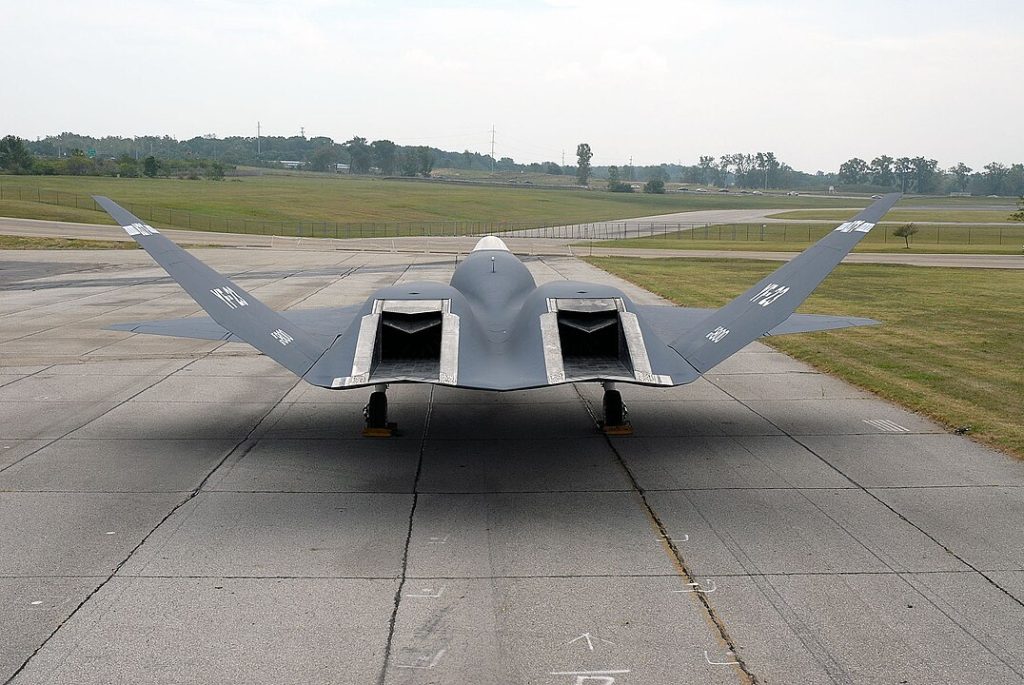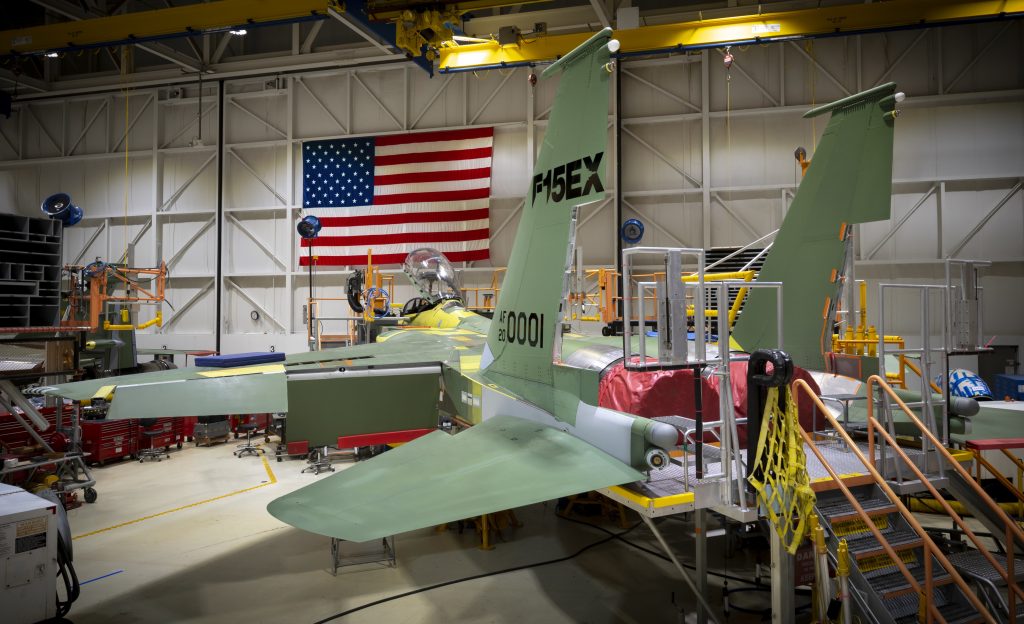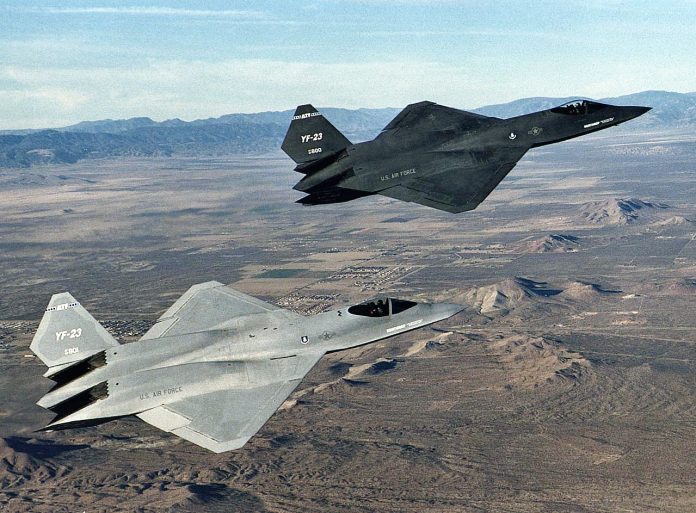
In the annals of aviation history, few stories are as captivating as that of the Northrop YF-23, a sleek and formidable contender in the race to become the U.S. Air Force’s first fifth-generation stealth fighter. This story, replete with cutting-edge technology and high-stakes competition, revolves around a jet that, despite its potential, ultimately did not soar into mass production.

The saga began in the late 1970s when the U.S. Air Force, concerned about Soviet surface-to-air missile systems and new fighter jets, initiated the search for a next-generation air superiority fighter to replace the venerable F-15 Eagle. In 1986, the Air Force announced a competition for a new generation of fighter jet like the world had never seen, with two formidable teams vying for the contract: Lockheed, Boeing, and General Dynamics with the YF-22, and Northrop Grumman and McDonnell Douglas with the YF-23.

The YF-23 prototypes—dubbed “Black Widow II” and “Grey Ghost,” —embodied revolutionary design with their diamond-shaped wings and advanced stealth materials. These features, in conjunction with their powerful Pratt & Whitney and General Electric engines, respectively, allowed the YF-23.

What the YF-23 had over its competitor was stealth. The Northrop Grumman team emphasized the stealth characteristics of its aircraft, opting to make it lighter. However, with less weight came decreased capabilities in some sectors. Contrary to its competitor, the YF-23 didn’t have thrust vectoring—the ability to direct the thrust of its engines for improved aerodynamic control—thus making it less agile in dogfighting.

Both YF-23 airframes remained in storage until 1996, when each was transferred to a museum. The YF-23A PAV-1 is now in the Research and Development hanger at the National Museum of the United States Air Force. The YF-23A PAV-2 was on display at the Western Museum of Flight until 2004, when it was reclaimed by Northrop Grumman and used as a display model for the YF-23 based bomber, but then returned to the museum in 2010 where it is again on display.
related images you might be interested.











